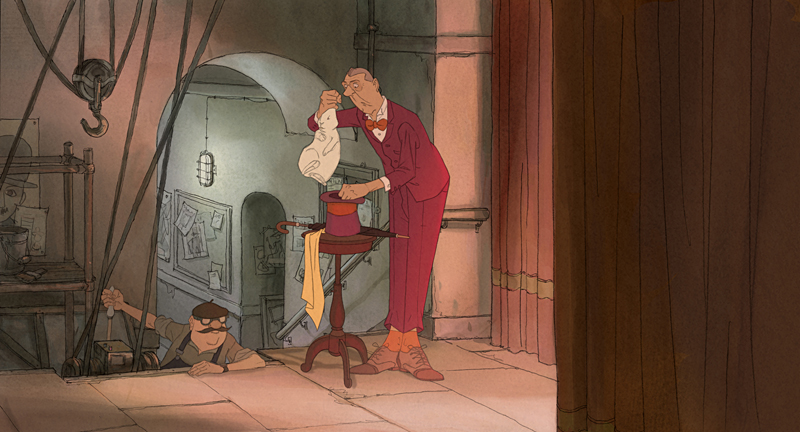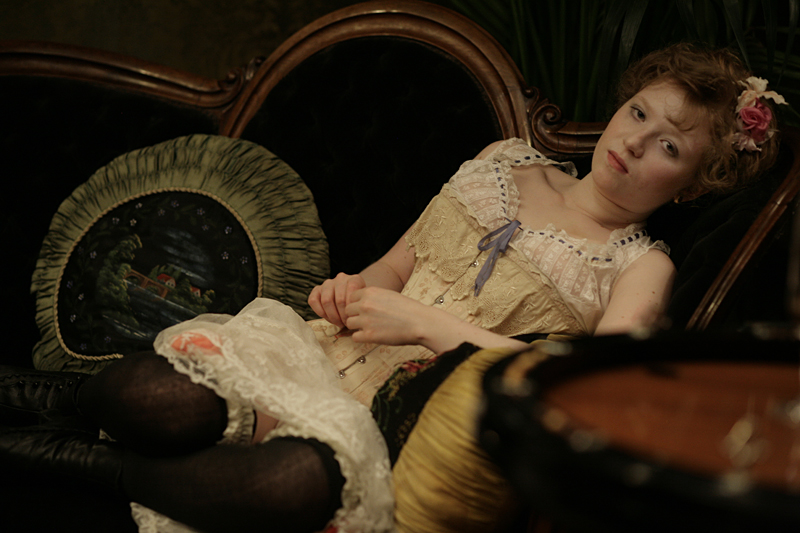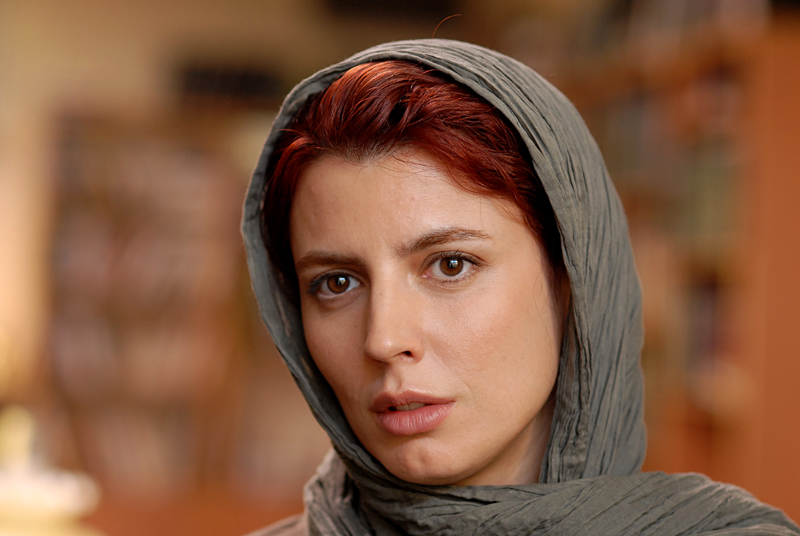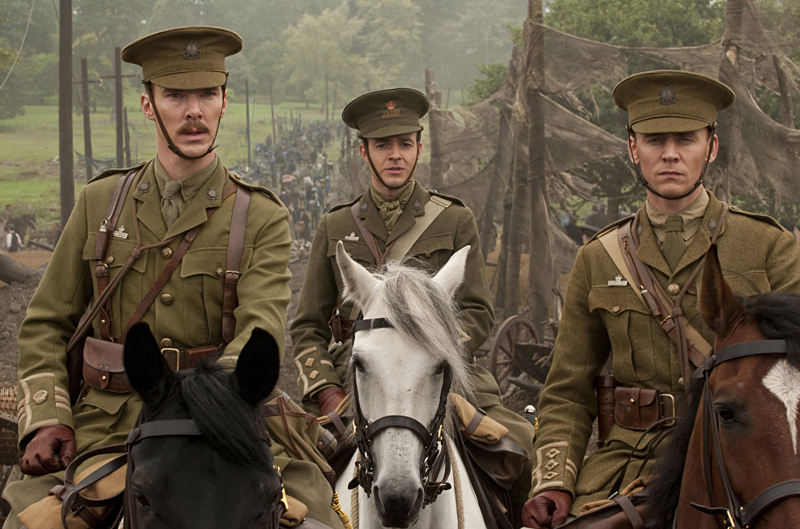Sylvain Chomet’s The Illusionist breathes life into a celluloid fossil, lovingly animating an unproduced script by the great filmmaker Jacques Tati. Chomet sets The Illusionist on the cusp of the ’60s, around the time Tati wrote the script as a follow-up to his hit Mon Oncle. The title character, a middle-aged, itinerant stage magician—given a vaguely aristocratic mien, as well as Tati’s actual name, Tatischeff—is introduced with a series of mildly disastrous performances in Paris (where he is compelled to play straight man to his obstreperous rabbit) and London (sharing the bill with an obnoxious quartet of proto-Beatles moptops). The magician gives his most appreciated performance in some back-of-beyond Scottish pub. When he leaves for Edinburgh, the bar’s naive young slavey, an unprepossessing slip of a girl named Alice, tags along, convinced that his conjuring tricks really are magic. At once recognizable and improbable, sketchy and detailed, Edinburgh is, the illusionist aside, Chomet’s main character. Tatischeff and Alice move into a hotel full of depressed circus types and separately explore a city populated by cheerful drunks. Alice longs for new, grown-up clothes, and, as if by magic, the illusionist provides them. (Unknown to her, he’s been working nights for extra money.) No less impressive than Chomet’s character animation is his sense of timing. For its 80 minutes, the movie creates the illusion that not just Tati but his form of cerebral slapstick lives.
The Illusionist: Jacques Tati Lives! (As a Cartoon)








